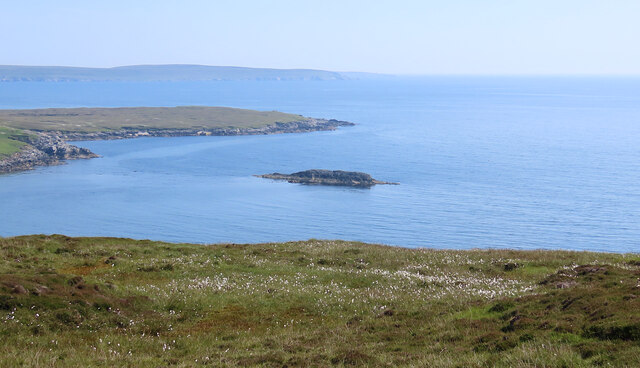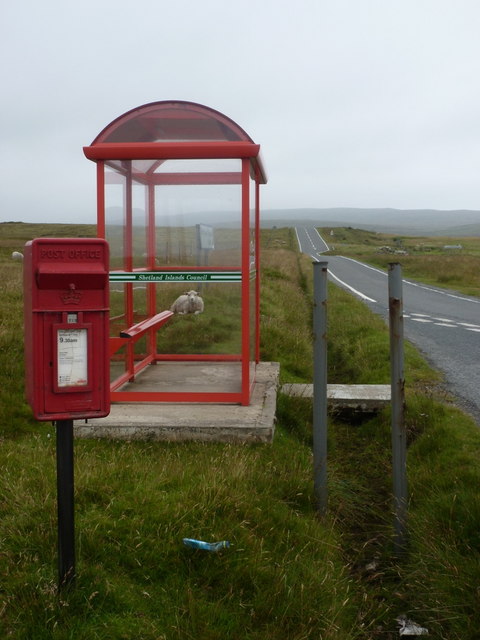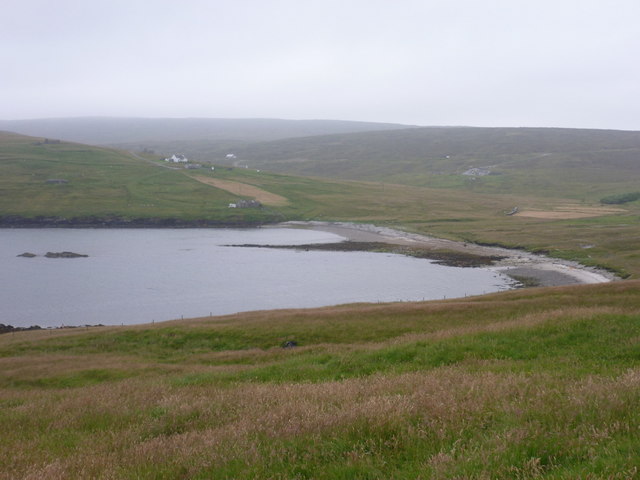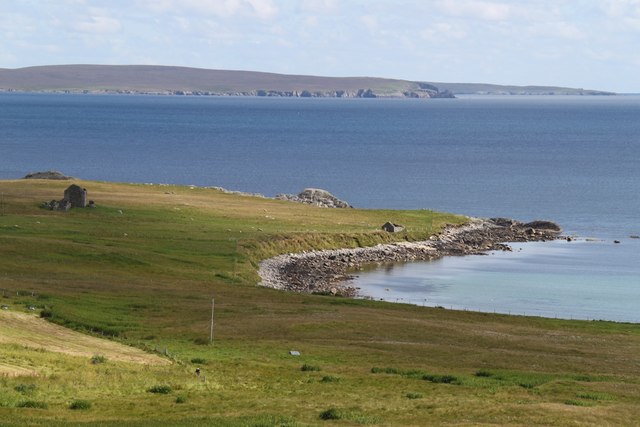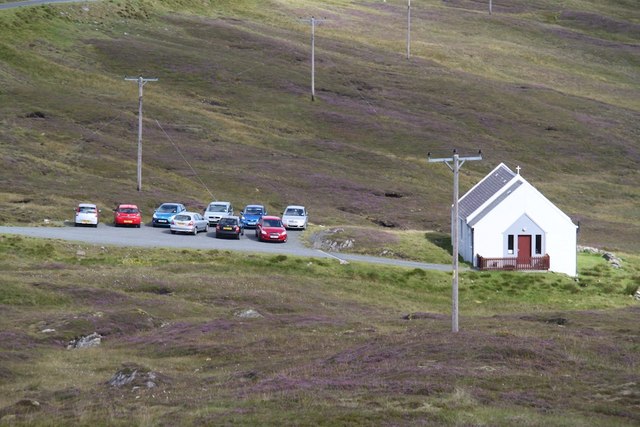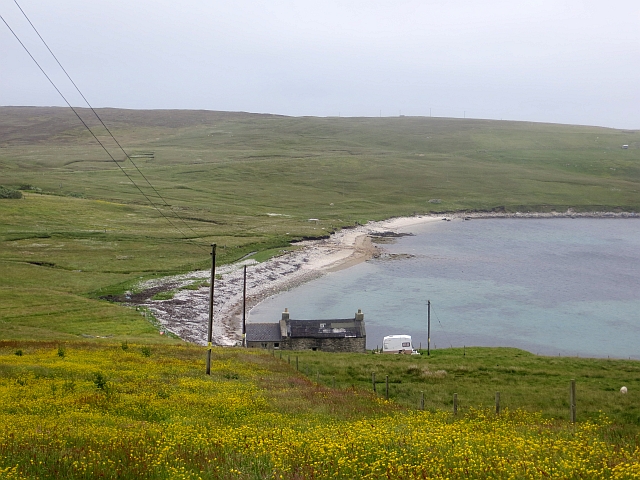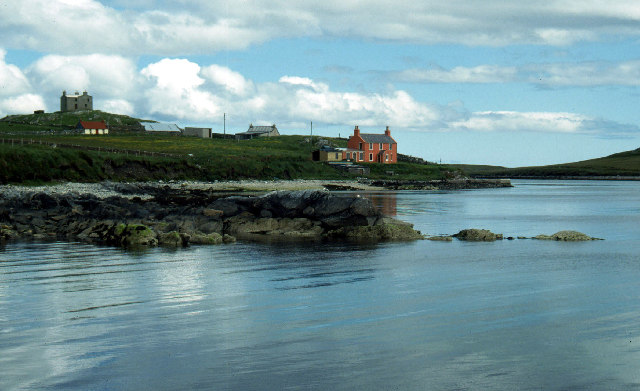Loch of Queyon
Lake, Pool, Pond, Freshwater Marsh in Shetland
Scotland
Loch of Queyon
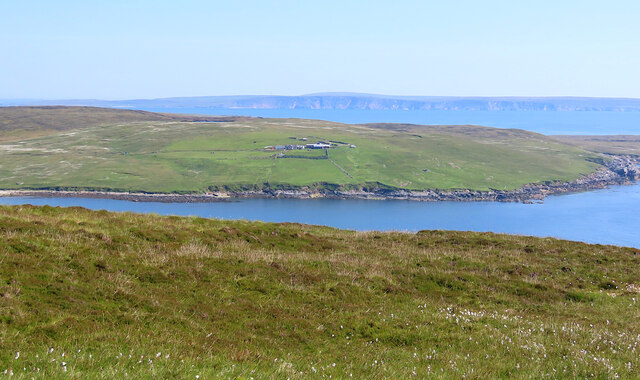
Loch of Queyon is a picturesque freshwater loch situated in the Shetland Islands, an archipelago located off the northeast coast of mainland Scotland. Nestled within the rolling hills and heather-clad moorlands, this tranquil body of water provides a haven for both wildlife and visitors alike.
Covering an area of approximately 23 hectares, Loch of Queyon boasts crystal-clear blue waters surrounded by lush green vegetation and patches of reed beds. The loch itself is relatively shallow, with an average depth of around 2 meters, making it an ideal habitat for a variety of aquatic plants and animals.
The shores of Loch of Queyon are home to a diverse range of bird species, making it a popular spot for birdwatchers. Visitors may catch sight of common species such as mallards, tufted ducks, and mute swans, as well as rarer sightings like the red-throated diver and the elusive hen harrier.
In addition to its avian population, the loch supports a healthy population of brown trout. Anglers can try their luck at catching these fish, with several fishing platforms and access points available along the shore.
Surrounded by the natural beauty of Shetland's landscape, Loch of Queyon offers a peaceful retreat for those seeking a moment of serenity in the great outdoors. Whether it's a leisurely stroll around the loch, birdwatching, or simply enjoying the scenic views, Loch of Queyon provides a unique and enchanting experience for all who visit.
If you have any feedback on the listing, please let us know in the comments section below.
Loch of Queyon Images
Images are sourced within 2km of 60.552069/-1.0347967 or Grid Reference HU5385. Thanks to Geograph Open Source API. All images are credited.
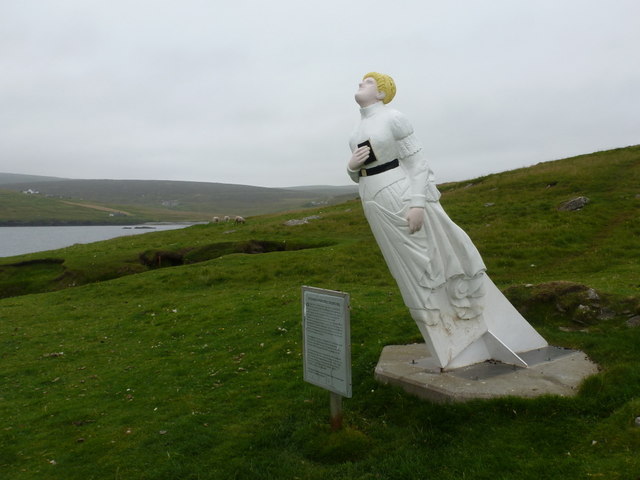
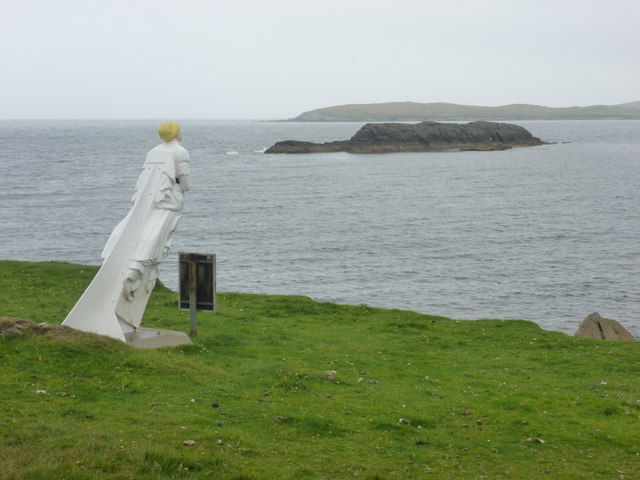
Loch of Queyon is located at Grid Ref: HU5385 (Lat: 60.552069, Lng: -1.0347967)
Unitary Authority: Shetland Islands
Police Authority: Highlands and Islands
What 3 Words
///massing.additives.famines. Near Ulsta, Shetland Islands
Nearby Locations
Related Wikis
Aywick
Aywick is a small settlement on the east side of Yell, an island forming part of the Shetland Islands north of Scotland.The naturalist Bobby Tulloch was...
Otterswick
Otterswick is a hamlet on the island of Yell in the Shetland Islands, on the inlet of Otters Wick. It is on the east side of the island. There is also...
Gossabrough
Gossabrough is a coastal hamlet, wick and ness on the southeast side of the island of Yell, Shetland, Scotland. The Wick of Gossabrough lies between the...
Mid Yell
Mid Yell is a coastal settlement on the island of Yell, the second largest of Shetland Islands, Scotland. Mid Yell, the largest settlement on the island...
Burravoe
Burravoe is a community on the north shore of Burra Voe, in the south-east part of the island of Yell in the Shetland Islands, Scotland. The name Burravoe...
Burra Voe
Burra Voe (Old Norse: Borgavagr, Broch Bay) is sheltered bay (voe) at the southeast corner of the island of Yell. The village of Burravoe (HU525795) is...
Old Haa Museum
The Old Haa of Brough in located in Burravoe, Yell, Shetland, Scotland. Built for Robert Tyrie, a merchant, in 1672, houses the local museum for Burravoe...
Hascosay
Hascosay (Scots: Hascosay; Old Norse "Hafskotsey") is a small island lying between Yell and Fetlar in the Shetland Islands, Scotland. == Geography and... ==
Nearby Amenities
Located within 500m of 60.552069,-1.0347967Have you been to Loch of Queyon?
Leave your review of Loch of Queyon below (or comments, questions and feedback).
